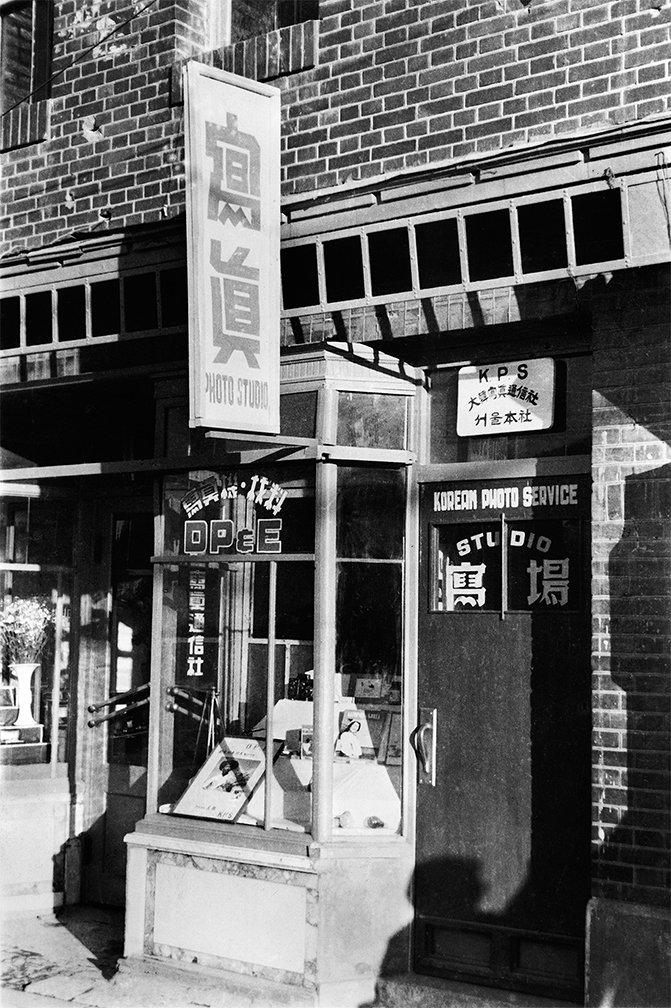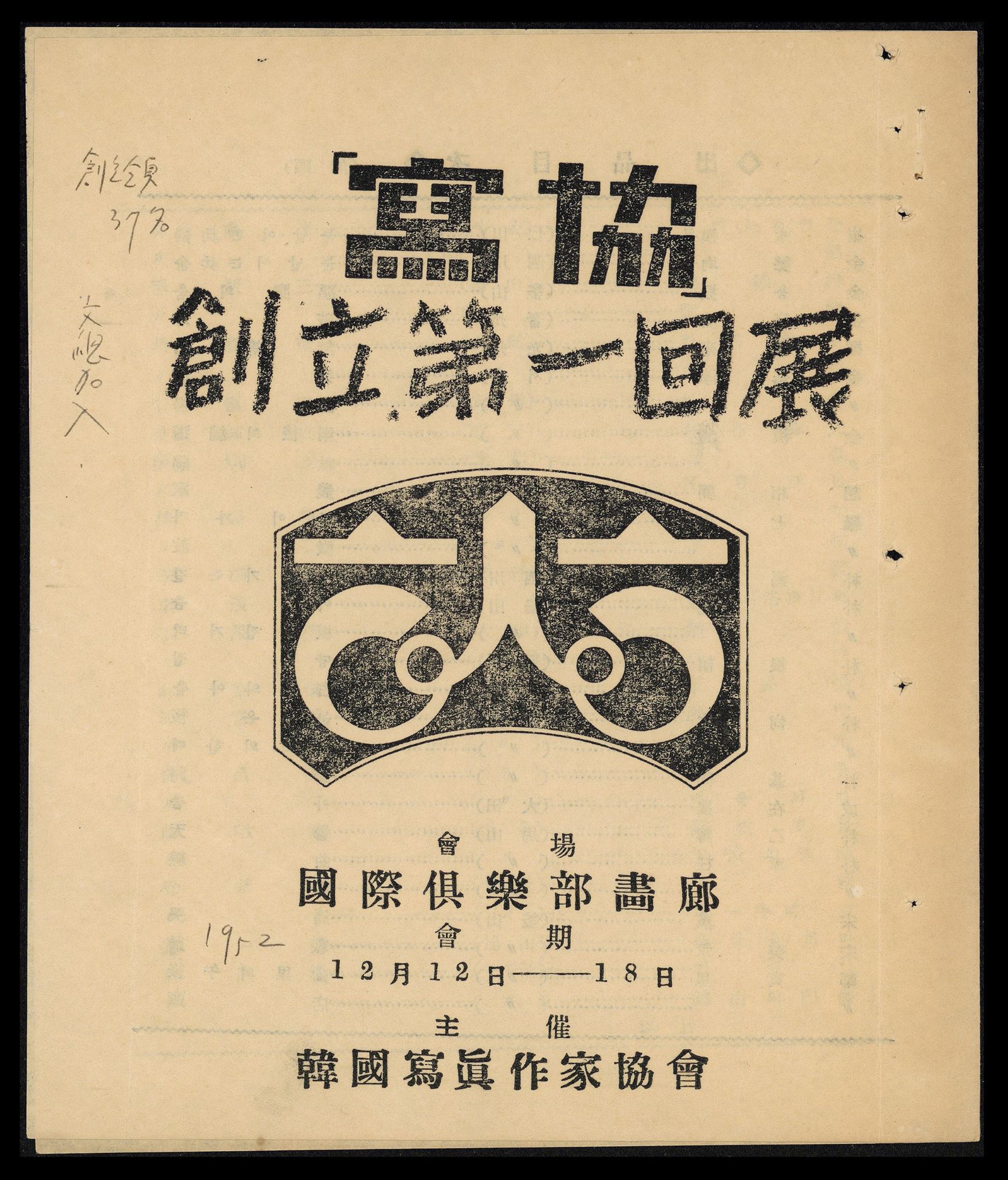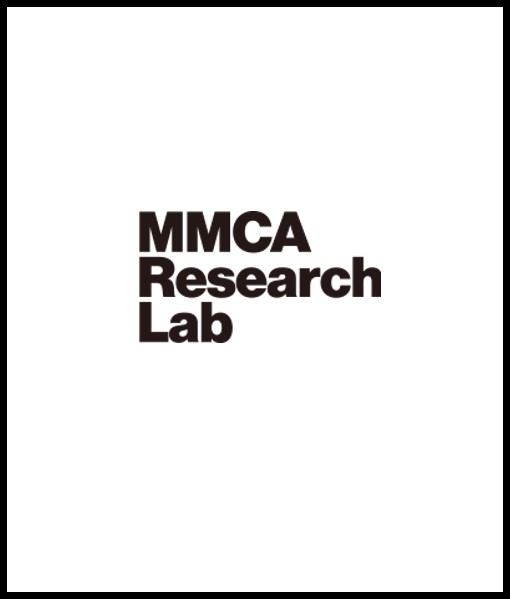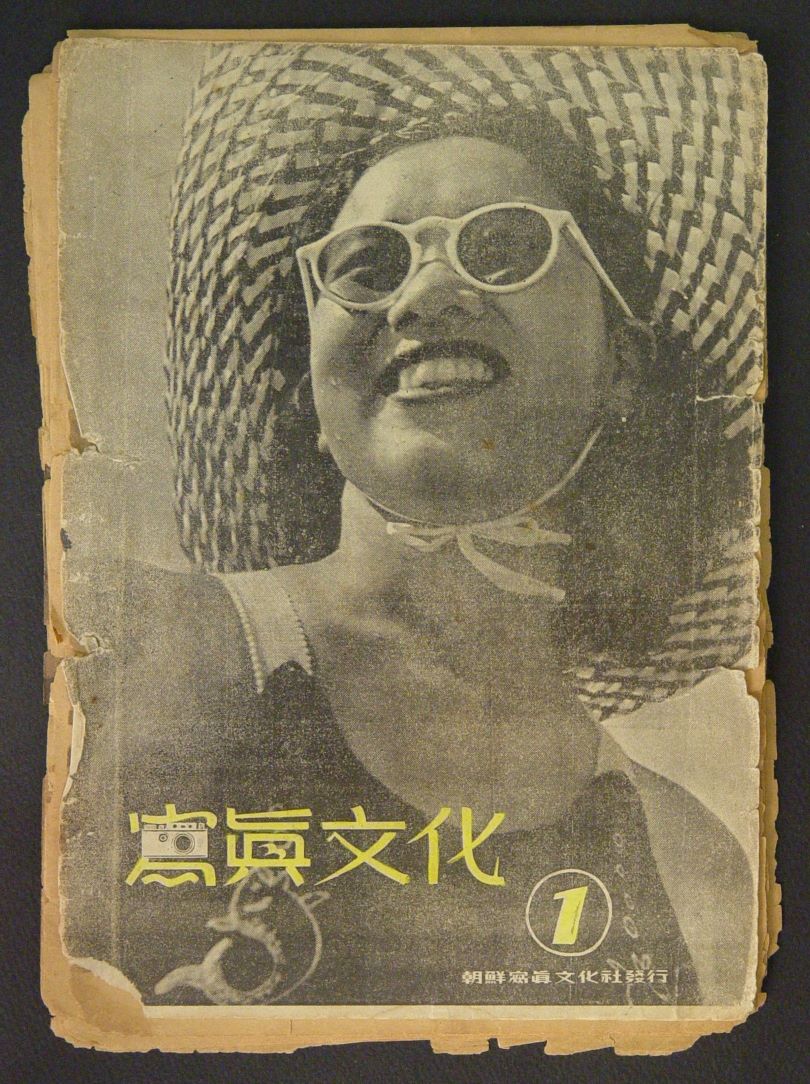
Image provided by Chungam Archive
Korean Photo Service
* Source: MMCA
Related
-

Photo Artists Society of Korea
The Photo Artist Society of Korea is a group of photographers formed in December 1961 to promote the development of Korean photography culture, international exchanges, and the rights and interests of its members. Photographer Jeong Huiseop was appointed as the first chairman of the board, and major Korean photographers such as Park Pilho, Lee Haesun, Choi Kyebok, Lee Myeongdong, Lee Gyeongmo, Mun Seonho, Seo Sunsam, Jeong Doseon, Hyun Ilyeong, and Limb Eungsik served as executives. It is a non-profit corporation under the jurisdiction of the Ministry of Culture, Sports and Tourism, and currently has 9,400 amateur and professional photographers working as members. The headquarters are located in Yangcheon-gu, Seoul, and it has 168 branches in major cities and overseas countries. It continues to host the Korea Photography Festival every year and conducts various projects for members of the association, including photography courses, contests, photography competitions, book publishing, and photo culture awards.
-

Lim Sukje
Lim Sukje (1918–1994) was an important modern and contemporary Korean photographer. He joined the Korean Photography Alliance [Joseon sajin dongmaeng], which was founded on June 13 in 1947 in Jongno, Seoul. As a member of the first squad of the cultural operation unit of the Korea Federation of Cultural Organizations [Joseon munhwa danche chongyeonmaeng], a representative left-wing organization, Lim led activities to build a new culture in the newly liberated environment. Together with other members of the Korean Photography Alliance, he participated in a traveling exhibition of the cultural operation unit hosted by the Busan Sinmun newspaper company in June 1947 by submitting press photos of the U.S.–Soviet Joint Committee, documentary photos of the Namsan Mayday event, and photos of left-wing leaders. By doing so, he widely disseminated historical records of the time to the public. From August 7 to 14 in 1948, he held The First Solo Exhibition of Art Photography by Lim Sukje at Dong Hwa Gallery. According to the photographer Hyun Ilyeong, Lim Sukje Art Photography Solo Exhibition is significant as “the first solo photography exhibition held after Korea’s liberation from Japan by overcoming the extreme shortage of photographic materials.” Given that Lee Taeung, a chairman of the Korean Photography Alliance, wrote a recommendation and that other alliance members presented their works in support of him, Lim’s solo exhibition shows the last activity of the alliance members before they were removed from the organization’s roster. The photos displayed in Lim’s solo exhibition featured men engaging in manual labor, including a laborer carrying imported food at the Incheon wharf, another in a workplace, and a tenant farmer. Accordingly, his photography was considered to break away from traditional painterly and romantic styles, pursuing instead stark and hard-edged realism. In 1952, Lim served as president of the Korean Photographic Art Research Association [Daehan sajin yesul yeonguhoe]. He continued to develop his creative oeuvre by holding nine solo exhibitions until 1962.
Find More
-

Korean Photographers Group
The Korean Photographers Group [Hanguk sajin jakgadan] is a Korean photography agency founded in January 1957 with the international photo news agency Magnum Photos as its model. It was established by seven photographers: Choi Kyebok as the leading member alongside Seong Dugyeong, Lee Geon-jung, Lee Gyeongmo, Jeong Doseon, Jeong Huiseop, and Cho Myeongwon. All of them created photos both to sell and as artistic creations, and they specialized in promotional photos for promoting the Syngman Rhee government’s tourism and cultural heritage policies in the 1950s. In particular, Korea Old and New and Pictorial Korea, which were published for international publicity through the commission by the Office of Public Information, contained photographs of temples, historic ruins, tourist destinations, and rapidly transforming cities after the Korean War, all of which were provided by the Korean Photographers Group. The Korean Photographers Group pursued creative activities together by holding four members’ exhibitions, and each member built his or her oeuvre as an individual photographer. The second members exhibition held in 1957 at the Korean Information Service was themed around photographs of historic sites and scenic spots. The third one held in the same year at Donghwa Gallery was themed around tourism photos.
-

Sajin munhwa
As Korea’s first photography magazine, Sajin munhwa (Photography Culture) was first published by the Korean Photography Culture Company [Joseon sajin munhwasa] in July 1948. It was published until its twelfth volume on June 20, 1950 just before the outbreak of the Korean War. Its publisher was Lee Gyuwan, who was a founding member of the Gyeongseong Amateur Camera Club [Gyeongseong amachueo kamera gurakbu] formed in 1937 and engaged in photographic activities of Baekyang Photographers Association [Baegyang sauhoe]. It was published over twenty-four to thirty-two pages and sold for 150 to 200 won. Sajin munhwa introduced the news of photography organizations, the news of domestic and international photography communities, and information about technology and equipment. It also contained a separate section that featured articles articulating authors’ social outlook or their views on photography and articles to aid the understanding of photography theories and technologies. Moreover, the magazine included a section for showcasing prize-winning works at photo contests and competitions. After its chief editor Lee Dongho was abducted to North Korea, Cho Myeongwon, who admired Lee, established the Korean Photography and Culture Publisher (Hanguk sajin munhwasa). He published a total of thirteen volumes of magazines under the same title Sajin munhwa, with the first one issued in May 1956. Sajin munhwa served as the sole photography magazine in the 1950s. Sajin munhwa is viewed to have contributed to the formation of Korean photography circles after Korea’s liberation from Japan by delivering news of the photography community at a time when printing and producing magazines was not easy.






